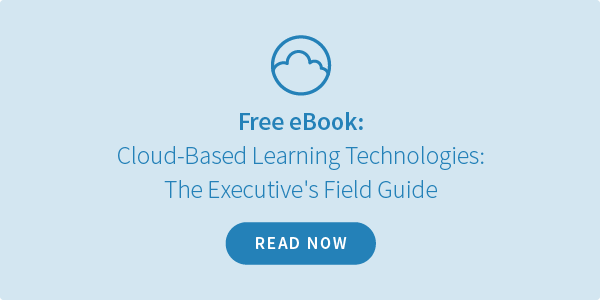Why We Should Eliminate “Learning”
On Nick Shackleton-Jones’ blog, aconventional, he has a post called “The Learning Elimination Team,” where he argues that learning leaders should, ironically, be focused on learning elimination. Why? Because “learning is generally a sign that something hasn’t been well-designed,” he says. Take the iPad, for example. Give it to an eight-year-old or an eighty-year-old, he says, and they’ll know how to use it. No “learning” required.
While we may differ on semantics, we love this idea. Instead of structuring all of your training around instruction and memorization, think about how you can equip your employees with well-designed, easy-to-reference training materials. Or, as Shackleton-Jones puts it, “I may need to sail, but don’t make me memorize the navigational charts. Maybe think about making it easier to sail the boat.”
Well-designed, easy-to-reference training materials are resources, as opposed to courses, as Shackleton-Jones explains. They mitigate the friction of learning by eliminating hours spent memorizing, testing, or sitting in a classroom. Instead, they are just there. On hand, available, and ready for use. Again, no “learning” required. Below, Shackleton-Jones further explains the difference between resource and course:
“One of my favourite resources is the London Underground map. Whether printed or electronic it enables me to find my way efficiently. It has a significant and measurable impact on my performance. … I am not quietly memorising the routes during my train journey. It is a way of removing learning, a way of mitigating learning.”
Of course, there are exceptions to this way of thinking. Some things you really do need your employees to hard-code in their brains, either because they won’t have time to look it up or because it’s so integral to their jobs. But Shackleton-Jones presents an important idea here, especially with today’s available technology. Before putting all of your training material into quizzes and classrooms, think carefully about what your employees need to know right now, and what they can keep on hand to reference as their own navigational charts.

